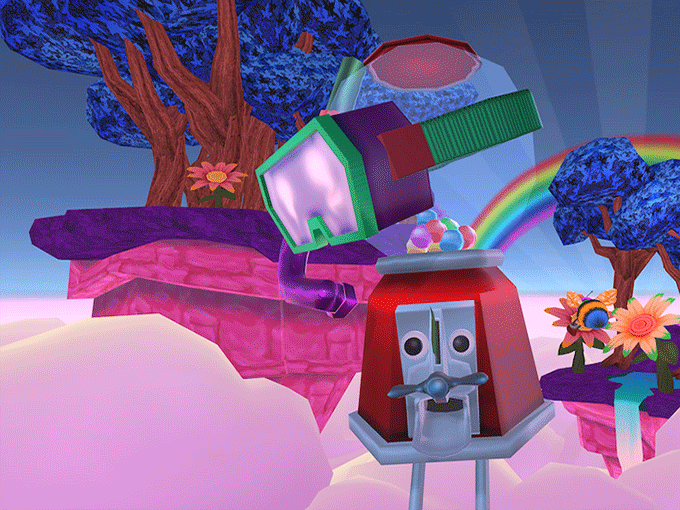While E3 2015 highlighted the promise of virtual reality, this year’s Electronic Entertainment Expo in L.A. celebrated the arrival of consumer-targeted VR. With headsets from Oculus Rift and HTC Vive now on the market, Sony announced the launch of PlayStation VR. Slated for retailers in October, the Sony VR system comes with a US$399 price tag and will have more than 50 games made available, including VR versions of Star Wars: Battlefront and Batman: Arkham. Not to be left out, Microsoft promised that its latest hardware product, Project Morpheus, will also be VR-compatible.
In fact, nearly every major player in the gaming industry (minus Nintendo) has plans to support VR in 2017, which bodes well for predictions from the likes of SuperData Research, which is forecasting global VR hardware sales will swell to US$15.9 billion by 2019.
In the meantime, developers are building innovative VR experiences aimed to entertain, educate and provide new ways for users to interact physically within virtual gamified environments using accessories. Some of the most notable ones include upcoming hand-tracking Touch controllers from Oculus, skateboards (D-Box 360-degree Downhill for Samsung Gear VR), and exercise bikes (VirZOOM for HTC Vive), all of which were playable at E3.
But despite the fanfare and sheer volume of VR companies at the show, it was hit and miss on the overall software front, with VR demos running the gamut from fascinating (Ubisoft’s Star Trek Bridge Crew) to stomach-churning (Sony and Capcom’s Resident Evil 7: Biohazard).
It should also be noted that while E3 continues to target an older audience, it may see its VR slate begin to skew younger as the technology matures, especially considering that Gen Z, according to a recent VR consumer report from Connecticut-based TouchStone Research, is the cohort most likely to embrace virtual reality when it becomes more widely available.
Among the more notable kid-friendly VR games demoed at E3 that didn’t induce simulator sickness, Fantastic Contraption from Radial Games and Northway Games for HTC Vive lets players create machines to use in fun, educational challenges. The indie reboot also features new social options including Twitch-chat integration and a cute GIF-capturing fly named GIF Bug.
Another popular title, which was named one of the best indie VR games at E3 2016 by PC Gamer, is Floor Plan from Turbo Button, the developers of Adventure Time: Magic Man’s Head Games. The newly launched puzzle adventure game for Gear VR and Oculus Rift takes place entirely in an elevator and lets users discover relationships between different items in a building to reveal game-advancing secrets.
Ace Banana from Beijing-based Time of Virtual Reality, meanwhile, offers a vibrant, archery-simulating multi-player experience that is simple but challenging. One area for improvement, however, could be its gaming environment, which is not yet rendered in 360 degrees.
For Martin Rae, president of the California-based Academy of Interactive Arts & Sciences, virtual reality for kids holds much educational potential, but still poses a number of problems, too.
“There are some incredibly interesting and immersive educational applications coming that will be great, but the challenge will be how to create content for kids that is fun, educational and does not intrude on boundaries of inappropriateness,” he says. “It will be a test, but VR is going to take over content creation in this industry as the tech gets better and price-points come down.”
Taylor Freeman, CEO of leading VR industry source UploadVR.com, agrees. He says PlayStation VR is the golden ticket for the kids market, followed by mobile technologies Google Cardboard and Gear VR. “When these hit a certain scale, and kids get their hands on the products, and some really fun endorphin-releasing games get developed, that’s when VR will start reaching another level,” he contends.
“And the way that it will really start getting adapted for kids will be through educational experiences and gamified education,” continues Freeman. “I’ve seen kids as young as two and three years old try VR, and they are always blown away. When I look at the eight- to 10-year-olds, and obviously the 15 to 18 demo, if these kids love something and get behind it, this will be the future.”

























